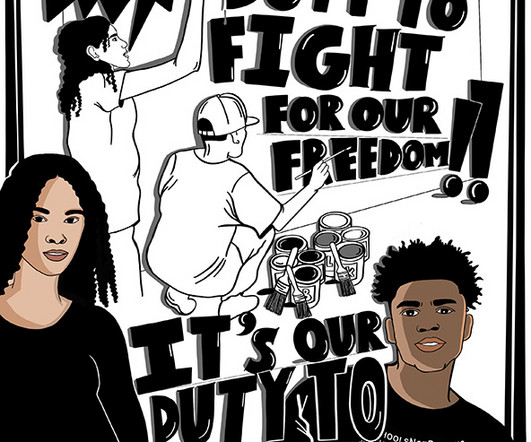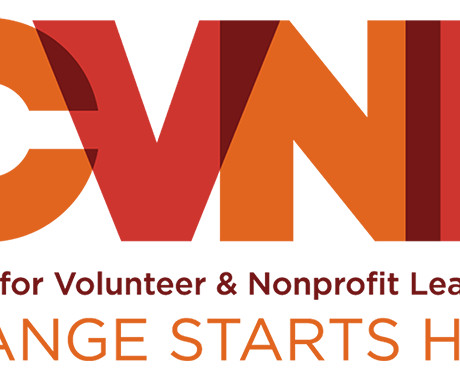Minding the Gaps: Neuroethics, AI, and Depression
NonProfit Quarterly
MARCH 24, 2025
1 AI promises to help scientists leverage massive datasets and brain simulations to test new diagnoses and treatments at scalewithout the need for risky or costly human participation. 9 In addition, those who are diagnosed often experience more severe and disabling symptoms than those experienced by other races and ethnicities.

















Let's personalize your content